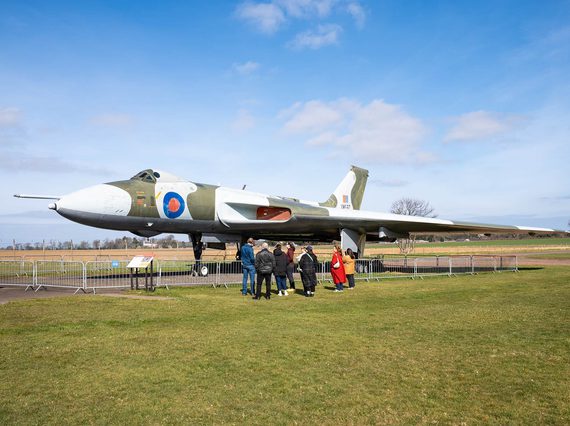
Airfield and grounds
Enjoy some open-air adventures at East Fortune.
Explore the outdoor aircraft on display in our historic airfield. If you're feeling really adventurous, take on our outdoor assault course.
Around the airfield
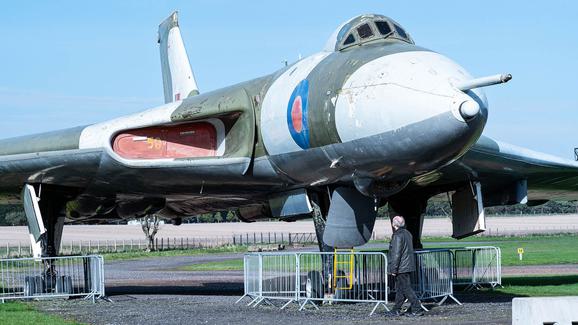
Vulcan
Location: Outside Military Aviation hangar
Get up close to the world's first delta winged bomber on display at East Fortune. Originally entering service with the RAF in 1963, the Vulcan at East Fortune remains one of only two Vulcans which dropped weapons in actual conflict.
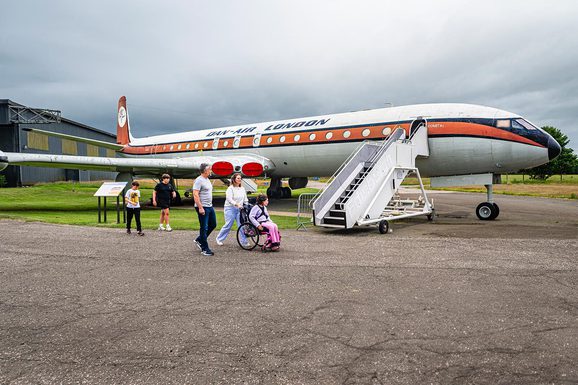
Comet
Location: Outside Conservation Hangar
Step back in time when you step on board a 1962 de Havilland Comet. Climb on board and discover flight on the world's first passenger jet.
The Comet is open for boarding at various times throughout the day. Please ask staff for boarding times.
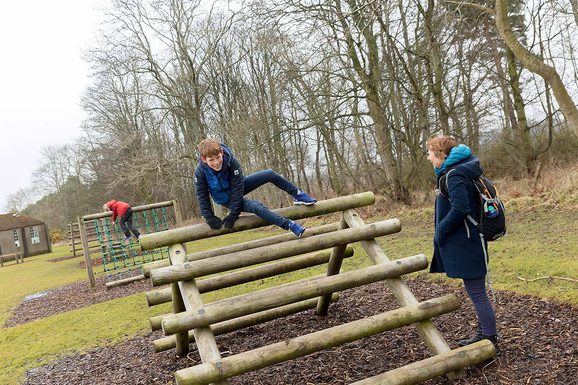
Assault Course
Location: Behind Civil Aviation hangar
Supervise your children as they Whizz down the zipline and tackle army-style climbing frames in our outdoor adventure playground.
Discover the aircraft
- Discover
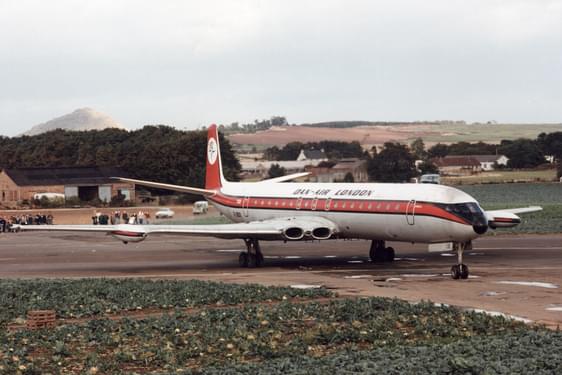
The world's first passenger jet: Comet 4C
The Comet was the world's first passenger jet, a much faster aircraft powered by jet engines. It made its debut in 1952, but problems quickly arose. - Discover
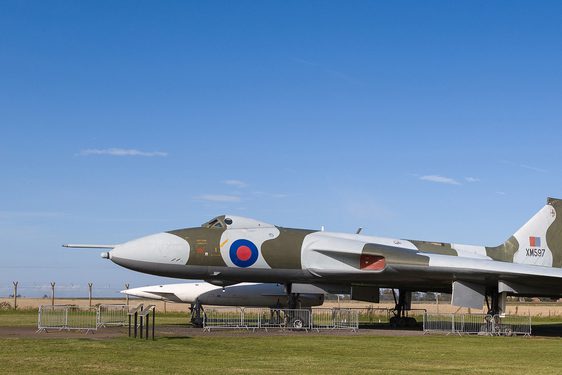
Avro Vulcan: A Cold War defence
The story behind V bombers and their role in Britain's nuclear defence strategy during the Cold War.
Aircraft conservation
We are currently working towards a long-term solution to protect and care for the three large aircraft displayed outdoors at the National Museum of Flight.
In the meantime, a rolling conservation programme aims to address urgent structural repairs and deliver essential maintenance to manage degradation. The focus of this activity is the external stabilisation of the aircraft, addressing issues arising from water ingress and corrosion. We are also assessing the feasibility of re-painting targeted areas of the aircraft.
Vulcan
Work on the Avro Vulcan so far has included addressing corrosion on the undercarriages, fitting new anti-bird nets and assessing the feasibility of re-painting the nose cone.
BAC 1-11
We are undertaking a programme of keeping the fuselage watertight. We replaced the front wheels and painted the tyres to protect them from UV degradation.
Comet
So far, work on the de Havilland Comet has included re-sealing the wings and assessing the feasibility of painting them to help keep out the moisture and enable easier surface cleaning. We addressed corrosion on the undercarriages and fitted new anti-bird nets. In parallel, a programme of internal repairs is underway, addressing issues like degrading rubber seat straps and replacing missing and damaged cabin labelling. We have also replaced seat fairings which have cracked over time.
Accessibility
Getting around the airfield
The National Museum of Flight is a historic airfield and covers a large area.
Visitors with mobility difficulties may wish to drive between the different hangars and galleries. Accessible parking spaces are available throughout the site. Please be aware that there is a 10mph speed limit on site.
Please check our museum map to plan your route around the airfield. Our Visitor Experience staff are also on hand to give you directions.
Boarding aircraft
Due to the historic nature of our collection the Comet and BAC 1-11 can only be boarded by using stairs.
The outdoor passenger aircrafts are open for boarding at various times throughout the day. Please ask staff for boarding times.
Please see details in the shop or ask a member of the team for boarding times.
Seating
There are picnic tables across the site. Some picnic tables have designated spaces for wheelchairs and mobility scooters.
Facilities
Toilets are available in the:
- Museum shop
- Concorde Experience hangar
- Fantastic Flight gallery
- Aviator Café.
Please check the museum map for the nearest toilets.
Visit our accessibility page for full access information for the National Museum of Flight.
